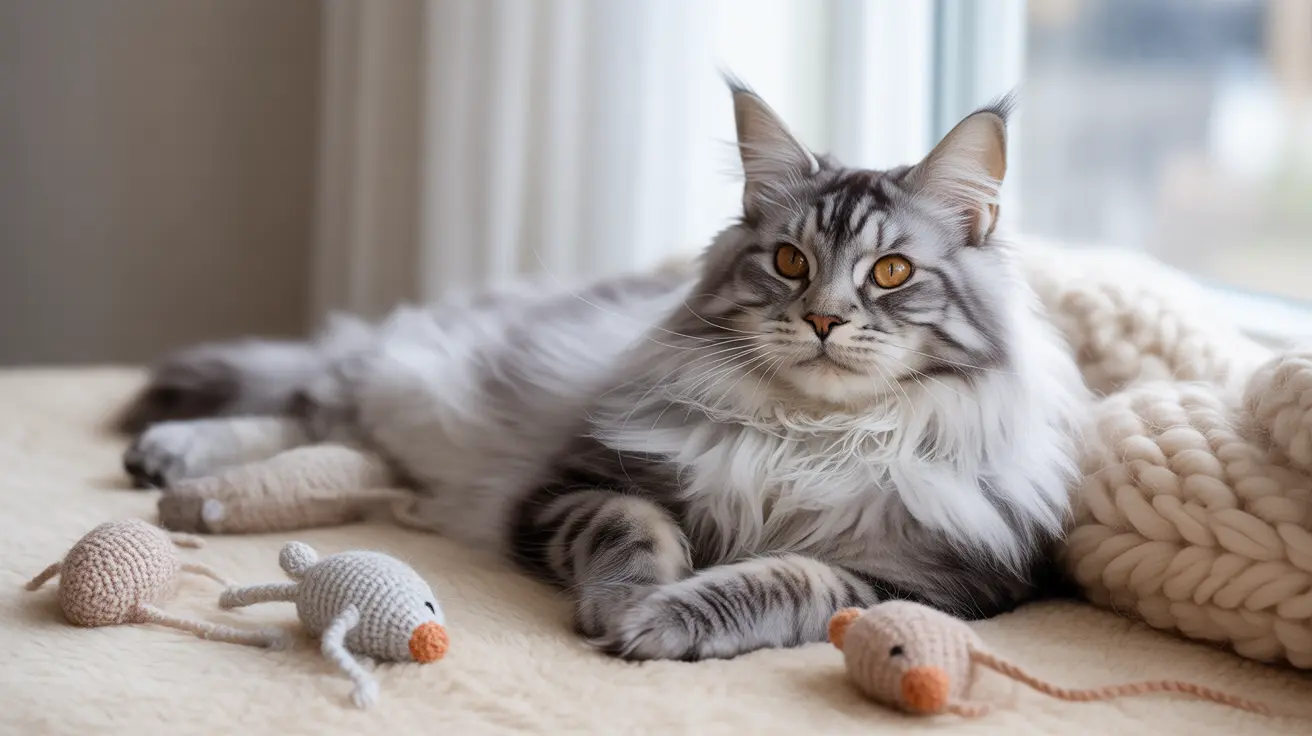Understanding the Impact of Seizures on Your Cat's Life
Seizures can severely impact a cat's quality of life, ranging from mild episodes to severe, life-threatening events. These neurological episodes can be caused by various conditions, including brain tumors, metabolic disorders, infections, or idiopathic epilepsy. The severity, frequency, and underlying cause of seizures play crucial roles in determining whether euthanasia should be considered.
Key Factors in Making the Decision
Assessing Quality of Life
The primary consideration when contemplating euthanasia should be your cat's quality of life. Consider these crucial indicators:
- Frequency and severity of seizures
- Ability to perform normal daily activities
- Response to medication and treatment
- Level of pain or distress
- Appetite and interest in food
- Social interaction and behavioral changes
Treatment Response and Prognosis
When evaluating whether euthanasia is appropriate, consider how well your cat responds to treatment:
- Success or failure of anticonvulsant medications
- Side effects of ongoing treatments
- Presence of other health complications
- Veterinary assessment of long-term outlook
Signs That Euthanasia May Be the Kindest Choice
Several indicators suggest that euthanasia might be the most compassionate option:
- Seizures occur multiple times per day
- Episodes are increasingly severe or prolonged
- Your cat shows signs of significant distress between seizures
- There's persistent confusion or disorientation
- Quality of life has deteriorated despite treatment
- The underlying condition is terminal or untreatable
Working with Your Veterinary Team
Collaborate closely with your veterinarian to make an informed decision. They can provide:
- Professional assessment of your cat's condition
- Detailed explanation of treatment options
- Guidance on quality of life evaluation
- Support in the decision-making process
- Information about the euthanasia procedure
Frequently Asked Questions
When is euthanasia the kindest option for a cat experiencing seizures?
Euthanasia becomes the kindest option when seizures are frequent, severe, and uncontrollable with medication, or when they significantly impact quality of life. This includes situations where seizures occur multiple times daily, cause severe distress, or are accompanied by other declining health factors.
How can I assess my cat's quality of life when they have frequent seizures?
Use the "More Good Days Than Bad" principle and consider factors such as appetite, mobility, social interaction, and comfort levels. Keep a daily log of seizure activity and observe whether your cat can still enjoy normal activities between episodes.
What signs indicate that a cat's seizures are no longer manageable with treatment?
Key signs include increasing frequency or severity of seizures despite medication, significant side effects from treatments, persistent confusion or distress between episodes, and inability to maintain normal daily functions.
How should I discuss seizure severity and euthanasia decisions with my veterinarian?
Bring detailed records of seizure frequency, duration, and recovery times to veterinary appointments. Ask specific questions about prognosis, treatment options, and quality of life indicators. Be open about your concerns and feelings regarding euthanasia.
What are the warning signs that a seizure in my cat requires emergency veterinary care?
Seek immediate emergency care if seizures last longer than 3-5 minutes, occur in clusters, or if your cat doesn't regain consciousness between episodes. Other emergency signs include severe post-seizure disorientation or difficulty breathing.
Conclusion
Deciding when to euthanize a cat with seizures requires careful consideration of multiple factors, including quality of life, treatment response, and professional veterinary guidance. While this decision is never easy, focusing on your cat's comfort and dignity can help guide you to make the most compassionate choice for your beloved pet.






